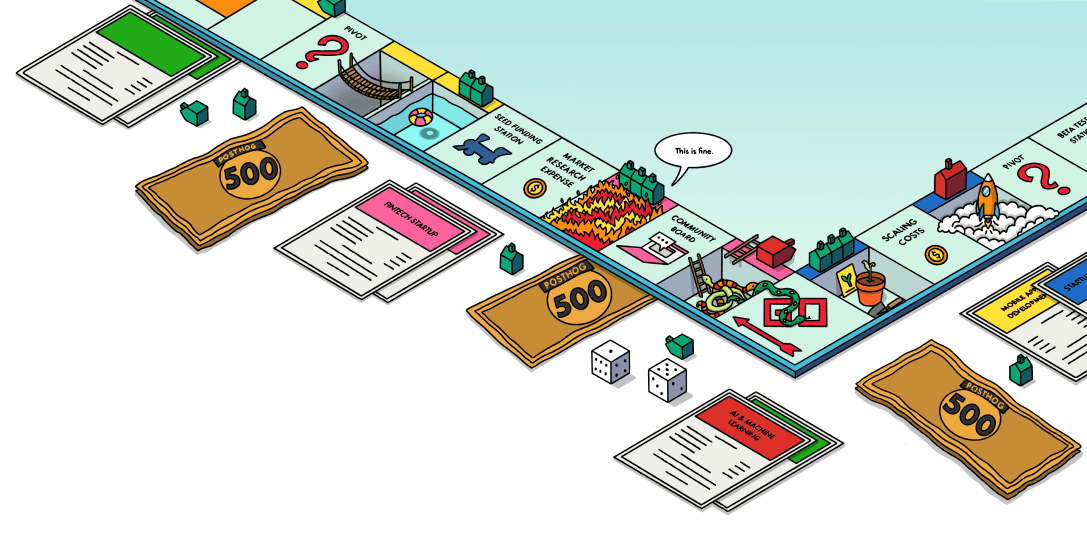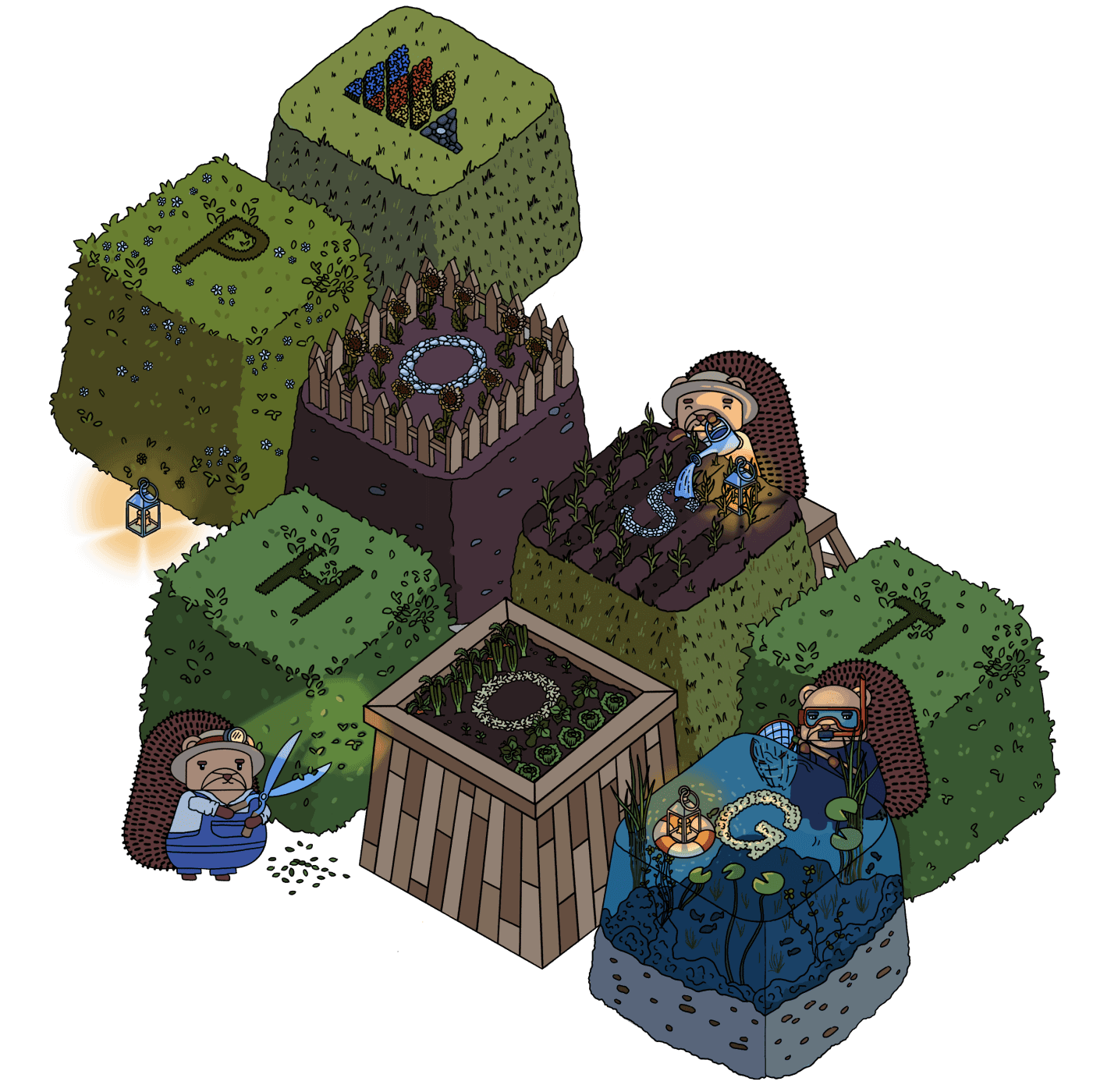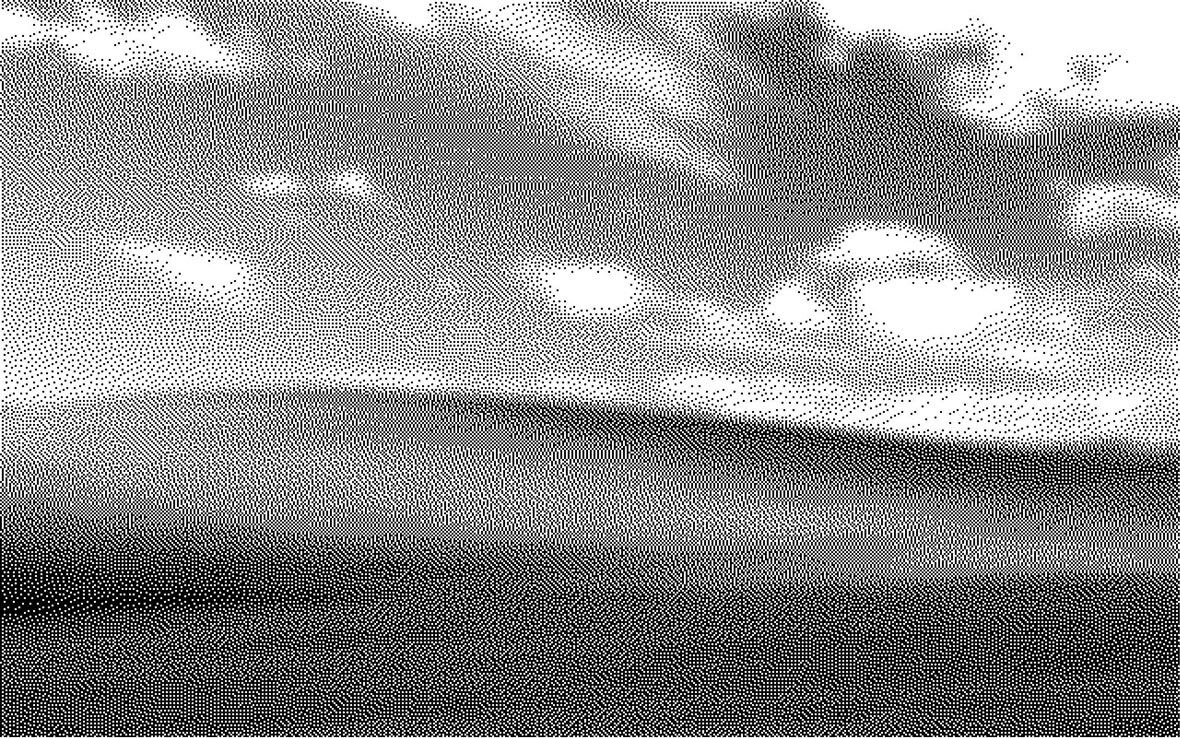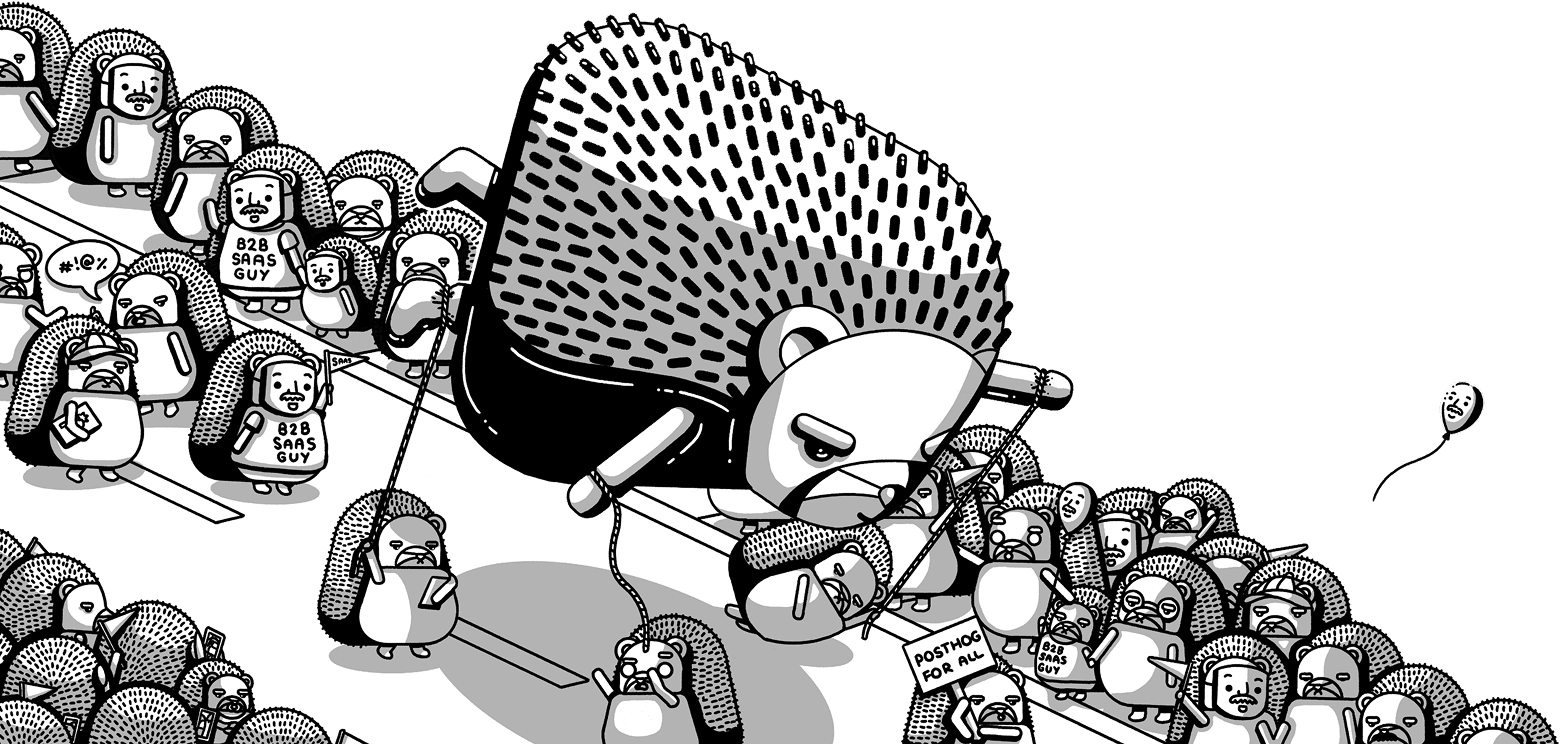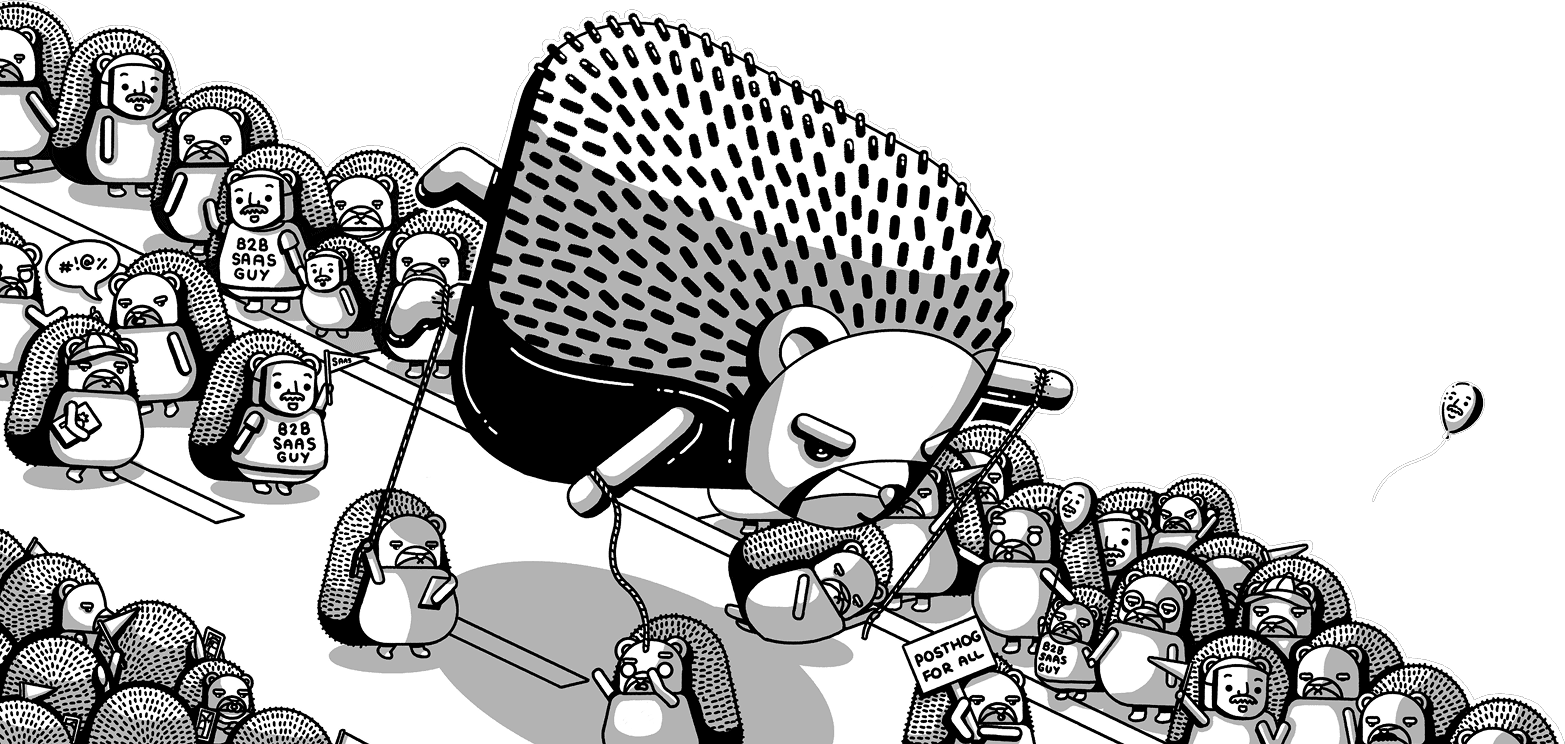Go
Contents
This library uses an internal queue to make calls fast and non-blocking. It also batches requests and flushes asynchronously, making it perfect to use in any part of your web app or other server-side application that needs performance.
Installation
Capturing events
You can send custom events using capture:
Tip: We recommend using a
[object] [verb]format for your event names, where[object]is the entity that the behavior relates to, and[verb]is the behavior itself. For example,project created,user signed up, orinvite sent.
Setting event properties
Optionally, you can include additional information with the event by including a properties object:
Capturing pageviews
If you're aiming for a backend-only implementation of PostHog and won't be capturing events from your frontend, you can send pageviews from your backend like so:
Person profiles and properties
For backward compatibility, the Go SDK captures identified events by default. These create person profiles. To set person properties in these profiles, include them when capturing an event:
For more details on the difference between $set and $set_once, see our person properties docs.
To capture anonymous events without person profiles, set the event's $process_person_profile property to false:
Alias
Sometimes, you want to assign multiple distinct IDs to a single user. This is helpful when your primary distinct ID is inaccessible. For example, if a distinct ID used on the frontend is not available in your backend.
In this case, you can use alias to assign another distinct ID to the same user.
We strongly recommend reading our docs on alias to best understand how to correctly use this method.
Feature flags
PostHog's feature flags enable you to safely deploy and roll back new features as well as target specific users and groups with them.
There are 2 steps to implement feature flags in Go:
Step 1: Evaluate the feature flag value
Boolean feature flags
Multivariate feature flags
Step 2: Include feature flag information when capturing events
If you want use your feature flag to breakdown or filter events in your insights, you'll need to include feature flag information in those events. This ensures that the feature flag value is attributed correctly to the event.
Note: This step is only required for events captured using our server-side SDKs or API.
There are two methods you can use to include feature flag information in your events:
Method 1: Include the $feature/feature_flag_name property
In the event properties, include $feature/feature_flag_name: variant_key:
Method 2: Set SendFeatureFlags to true
The Capture struct has an optional field SendFeatureFlags, which is set to false by default. This parameter controls whether feature flag information is sent with the event.
Basic usage
Setting SendFeatureFlags to true will include feature flag information with the event:
Advanced usage (v1.6.1+)
As of version 1.6.1, SendFeatureFlags can also accept a SendFeatureFlagsOptions struct for more granular control:
Performance considerations
With local evaluation: When local evaluation is configured, setting
SendFeatureFlags: truewill not make additional server requests. Instead, it uses the locally cached feature flags, and it provides an interface for including person and/or group properties needed to evaluate the flags in the context of the event, if required.Without local evaluation: PostHog will make an additional request to fetch feature flag information before capturing the event, which adds delay.
Breaking change in v1.6.1
Prior to version 1.6.1, feature flags were automatically sent with events when using local evaluation, even when SendFeatureFlags was not explicitly set. This behavior has been removed in v1.6.1 to be more predictable and explicit.
If you were relying on this automatic behavior, you must now explicitly set SendFeatureFlags: true to continue sending feature flags with your events.
Fetching all flags for a user
You can fetch all flag values for a single user by calling GetAllFlags().
This is useful when you need to fetch multiple flag values and don't want to make multiple requests.
Sending $feature_flag_called events
Capturing $feature_flag_called events enable PostHog to know when a flag was accessed by a user and thus provide analytics and insights on the flag. By default, we send a these event when:
- You call
GetFeatureFlag()orIsFeatureEnabled(), AND - It's a new user, or the value of the flag has changed.
Note: Tracking whether it's a new user or if a flag value has changed happens in a local cache. This means that if you reinitialize the PostHog client, the cache resets as well – causing
$feature_flag_calledevents to be sent again when callingGetFeatureFlagorIsFeatureEnabled. PostHog is built to handle this, and so duplicate$feature_flag_calledevents won't affect your analytics.
You can disable automatically capturing $feature_flag_called events. For example, when you don't need the analytics, or it's being called at such a high volume that sending events slows things down.
To disable it (pre v1.6.1), set the SendFeatureFlagEvents argument in your function call, like so:
Versions after v1.6.1 have this feature disabled by default.
Advanced: Overriding server properties
Sometimes, you may want to evaluate feature flags using person properties, groups, or group properties that haven't been ingested yet, or were set incorrectly earlier.
You can provide properties to evaluate the flag with by using the person properties, groups, and group properties arguments. PostHog will then use these values to evaluate the flag, instead of any properties currently stored on your PostHog server.
For example:
Overriding GeoIP properties
By default, a user's GeoIP properties are set using the IP address they use to capture events on the frontend. You may want to override the these properties when evaluating feature flags. A common reason to do this is when you're not using PostHog on your frontend, so the user has no GeoIP properties.
You can override GeoIP properties by including them in the person_properties parameter when evaluating feature flags. This is useful when you're evaluating flags on your backend and want to use the client's location instead of your server's location.
The following GeoIP properties can be overridden:
$geoip_country_code$geoip_country_name$geoip_city_name$geoip_city_confidence$geoip_continent_code$geoip_continent_name$geoip_latitude$geoip_longitude$geoip_postal_code$geoip_subdivision_1_code$geoip_subdivision_1_name$geoip_subdivision_2_code$geoip_subdivision_2_name$geoip_subdivision_3_code$geoip_subdivision_3_name$geoip_time_zone
Simply include any of these properties in the person_properties parameter alongside your other person properties when calling feature flags.
Request timeout
You can configure the FeatureFlagRequestTimeout parameter when initializing your PostHog client to set a flag request timeout. This helps prevent your code from being blocked in the case when PostHog's servers are too slow to respond. By default, this is set at 3 seconds.
Error handling
When using the PostHog SDK, it's important to handle potential errors that may occur during feature flag operations. Here's an example of how to wrap PostHog SDK methods in an error handler:
Local Evaluation
Evaluating feature flags requires making a request to PostHog for each flag. However, you can improve performance by evaluating flags locally. Instead of making a request for each flag, PostHog will periodically request and store feature flag definitions locally, enabling you to evaluate flags without making additional requests.
It is best practice to use local evaluation flags when possible, since this enables you to resolve flags faster and with fewer API calls.
For details on how to implement local evaluation, see our local evaluation guide.
Experiments (A/B tests)
Since experiments use feature flags, the code for running an experiment is very similar to the feature flags code:
It's also possible to run experiments without using feature flags.
Group analytics
Group analytics allows you to associate an event with a group (e.g. teams, organizations, etc.). Read the Group Analytics guide for more information.
Note: This is a paid feature and is not available on the open-source or free cloud plan. Learn more on the pricing page.
- Send an event associated with a group
- Update properties on a group
The name is a special property which is used in the PostHog UI for the name of the group. If you don't specify a name property, the group ID will be used instead.
Thank you
This library is largely based on the analytics-go package.

